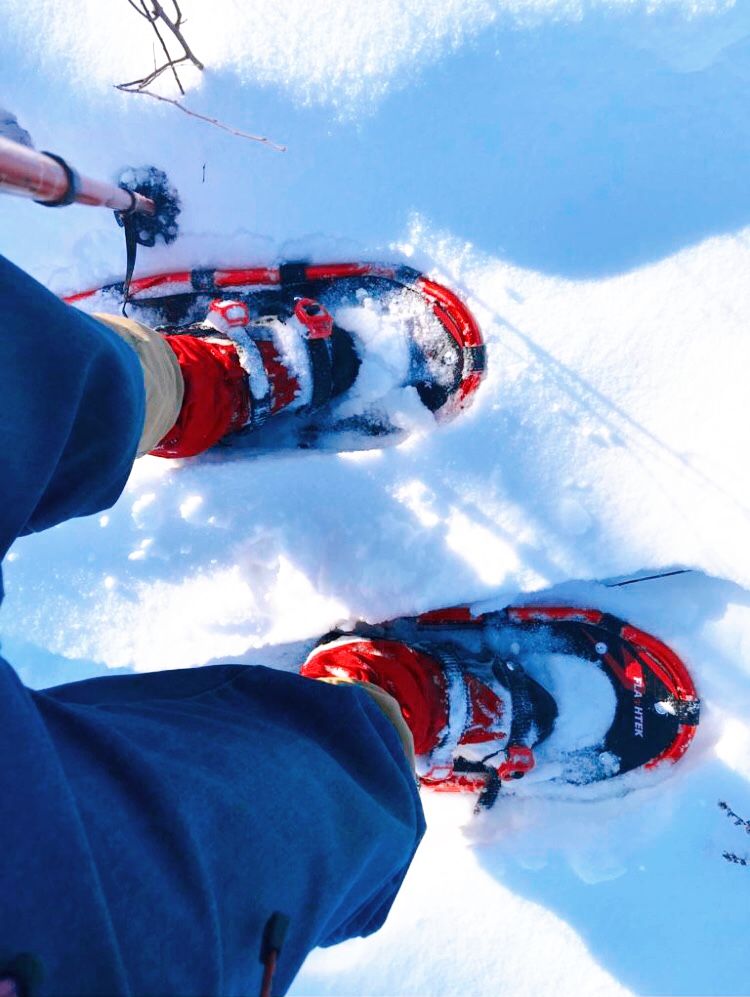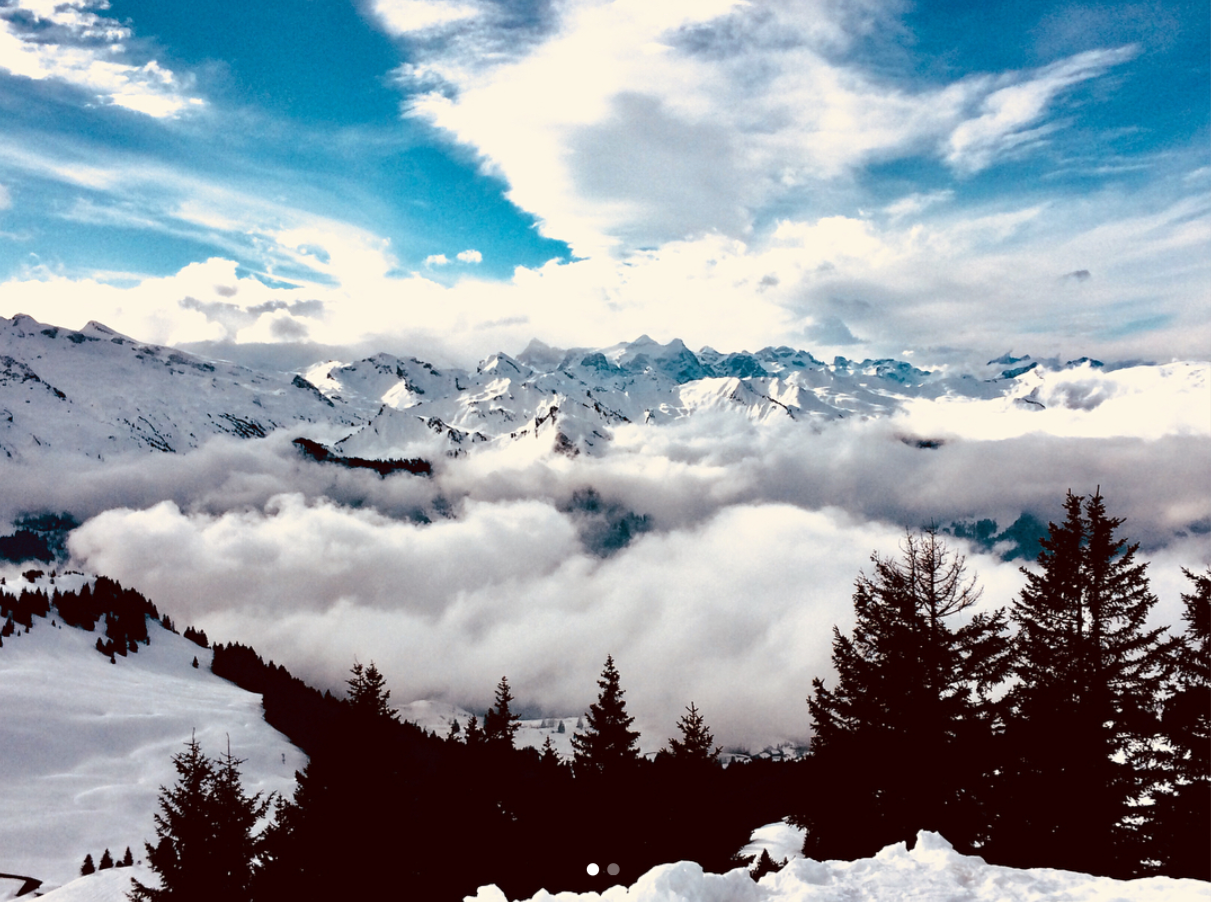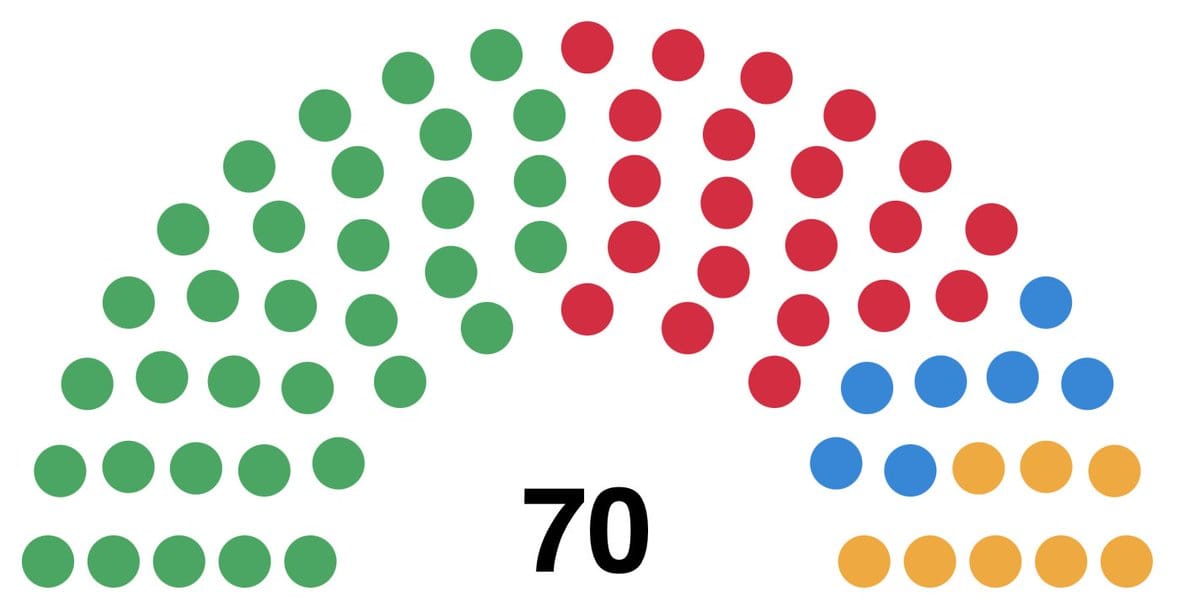By Julia Riopelle, SciTech Editor, Third Year, Biology
Have you been hearing of snowfall in unusual places recently? This could be due to a major sudden stratospheric warming (SSW) event which occurred on the 5th of January above Siberia. Using novel tracking methods and computed meteorological models, researchers were able to predict the timing of the otherwise ‘sudden’ event and alert the public to what we might expect in the coming weeks.
Within the first week of 2021, the temperature of the stratosphere above Siberia rapidly increased from -68°C to -13°C. Sudden stratospheric warming (SSW) events are natural occurrences, where increases in temperatures above cause large drops in temperatures closer to the Earth’s surface. The MET office has classified this most recent one as a rarer, more extreme SSW event.
Therefore, one can expect, and to an extent we have already experienced, a much colder winter with increased snowfall. As such, record temperatures (-15°C) and snowfall (44 centimetres) has been observed in the lower regions of Switzerland the past week, levels last seen at these altitudes in 2006. Even Madrid has been covered by 50 centimetres of snow, the heaviest snowfall since the past 50 years.
The collaborative study between the University of Bristol, Bath and Exeter was led by Dr Richard Hall, from the Department of Geographical Sciences in Bristol and Dr William Seviour, from the Department of Mathematics and Global Systems Institute at Exeter. With funding from the Natural Environmental Research Council (NERC), the researchers were able to study data from 40 SSW events within the last 60 years, in order to create a weather forecasting model to predict the timing and outcomes of future events such as this one.
‘Our study quantifies for the first time the probabilities of when we might expect extreme surface weather following a sudden stratospheric warming (SSW) event’, explains Dr Seviour.
The stratosphere is the second atmospheric layer, spanning from 10 to 50 kilometres above the Earth’s surface. For context, the lowest part of this layer is where you find yourself in when flying in a commercial airplane. The ozone layer is also located in the stratosphere, which is where ozone molecules convert the UV light from the sun into heat energy. It is the layer that additionally ‘traps’ greenhouse gases.


Every winter, west winds in the stratosphere flow above the Arctic pole in a rotational motion. This pattern creates what is known as the ‘stratospheric polar vortex’, forming winds that can reach up to 250 kilometres per hour. Sometimes, weather fluctuations in the lower atmosphere can cause disruptions in the vortex above and results in a momentary weakening of the system. This shift allows the cold air from the west winds to quickly descend into the jet streams of the troposphere below, causing the remaining stratosphere to rapidly rise in temperature in a matter of days.
Jet streams are narrow channels of very strong winds located in the upper troposphere, the first layer of the atmosphere, which carry the cold temperatures over Europe and northern Asia. The strongest jet streams are the polar jets, which is why we have seen such a widespread effect of the January 5th SSW event in the Arctic.
Scientists discover microorganisms that exacerbate greenhouse gas emissions from thawing permafrost
Antarctic glacier named after Bristol University Professor
Many meteorologists are predicting that this SSW event will bring a second 2021-edition of the ‘Beast from the East’. In 2018, this SSW meteorological event caused temperatures to drop to -14°C, half a meter of snowfall and winds up to 110km per hour across the British Isles.
A change in weather can occur up to 40 days after an SSW event takes place, which is why accurate forecast models are necessary. The novel model developed by Dr Richard Wall, Dr Seviour and their colleagues aims to understand the climate better, in order to help prepare the public for its drastic effects.
Featured Image: Epigram / Julia Riopelle
Are colder temperatures and snowfall uncommon for you? If so, how have you been dealing with this cold winter?









